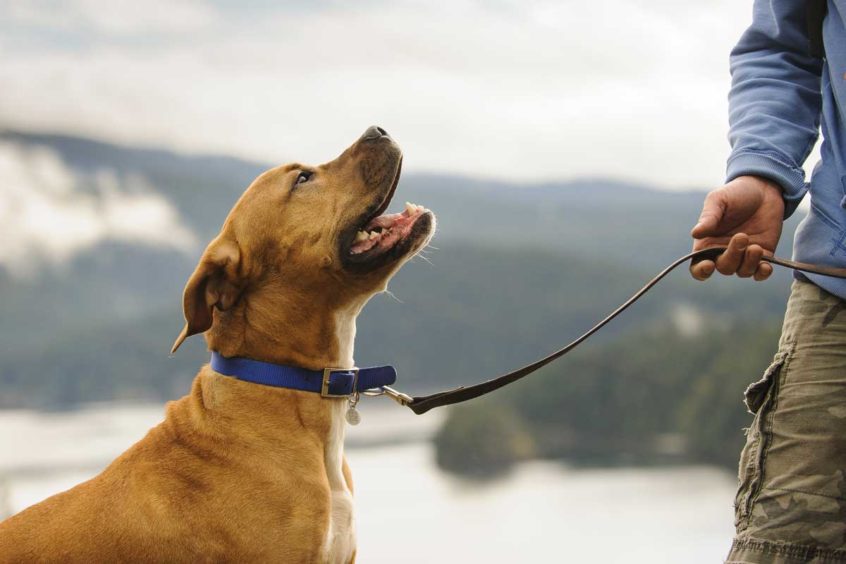“I make him sit and try to get him to look at me”.
I’ve heard this statement a hundred times from clients and potential clients that are working to help their dog’s noisy and upsetting behaviour on leash. Their dog is barking or leash pulling/lunging, and they are trying to get their dog to sit and watch and be calm.
Most of the time people are on the right track (if they are implementing science based positive reinforcement techniques) but usually, the sequence of events is off and just needs fine tuning.
What most people don’t know and/or don’t learn from all those videos on the subject is that when you are helping a dog that is upset, there is a nuance of timing and observation that isn’t caught or taught on most videos. What they don’t see is everything in the environment such as:
The dog. (the trigger )
The handler of the dog (the trigger)
The dog in training.
The handler of the dog in training.
The distance they are from each other.
Anything else in the environment.
I appreciate the efforts people make to help their dogs. I appreciate the research they’ve done, the time they put into implementing that research and the frustration of it ‘not working’. I also appreciate the overwhelming feelings they have when there are so many messages out there on how to handle a leash lunging and barking dog.
Three things to remember when you are asking your dog to ‘sit’ when something in the environment makes them upset or frustrated:
- Sitting is difficult. Your dog is struggling emotionally and their focus is the dog or person in their environment, not sitting.
- Sitting puts your dog into a vulnerable position, so now they have to not only sit, they have to be calm or try to focus on you when the trigger is moving.
- What is important to you? What do you want your dog to do when he/she sees another dog? Usually it’s to be calm. To be relaxed. Great, but they can be this when they are standing too.
It’s ok if the dog defaults to a sit but I never ask a dog to sit when I’m teaching them to remain calm in the presence of the trigger. Be it people or cats or skateboards or cars or dogs!
Remember: focus on one skill at a time; calm.
Working through barking and leash pulling is more that what I can cover in this post but the secret to success, in the beginning, is to have your dog far from the trigger so they can remain calm. No sitting. Just calm.

